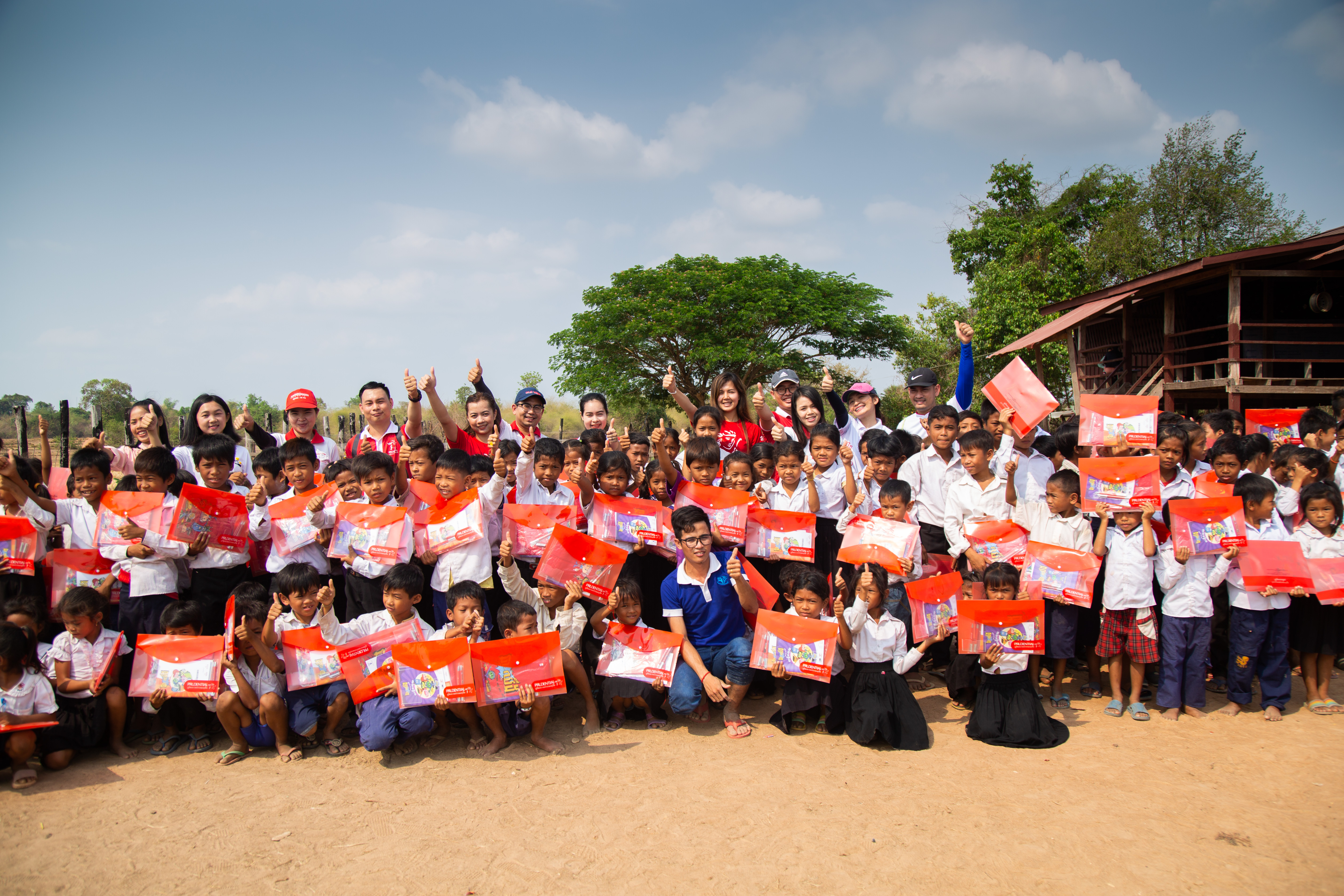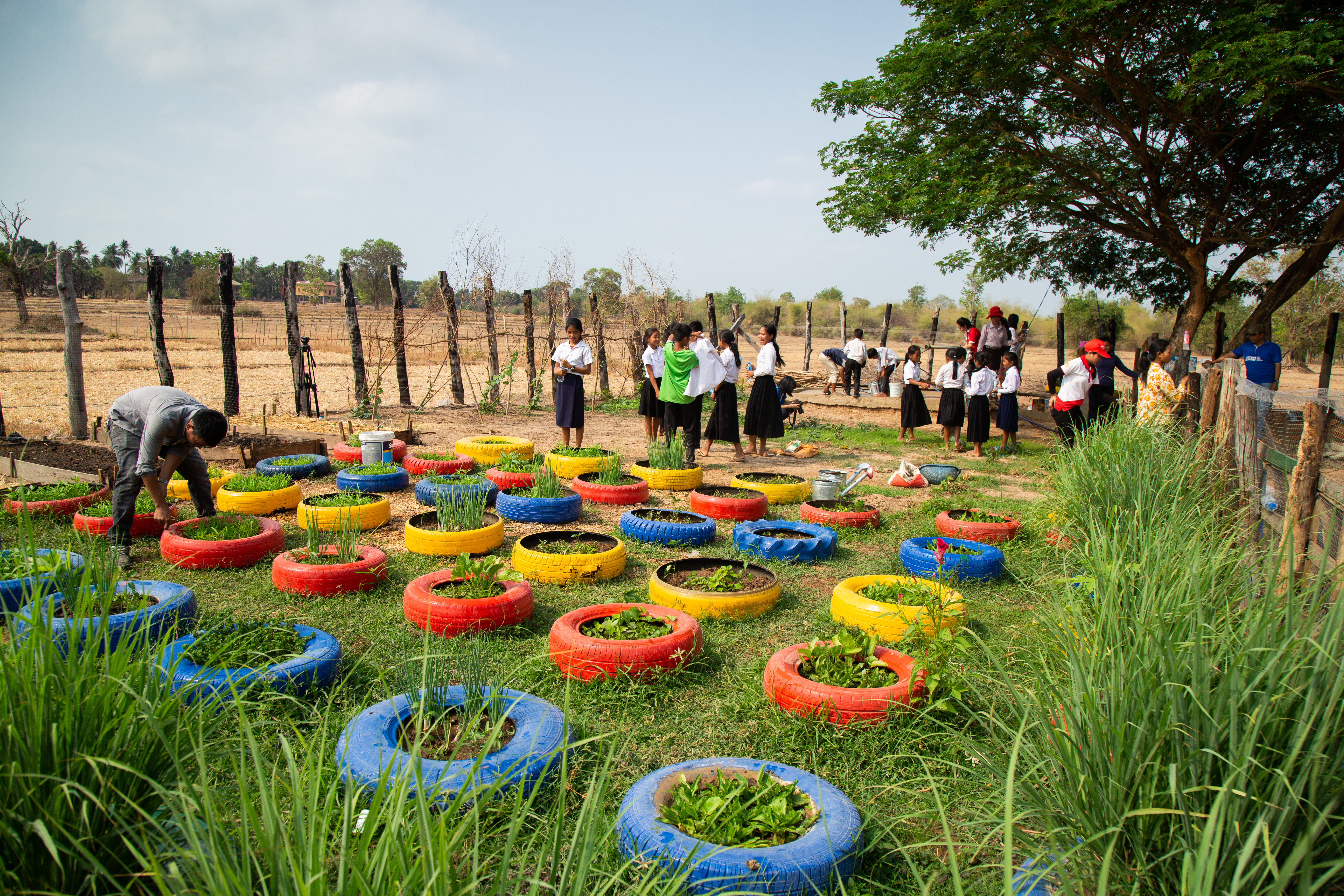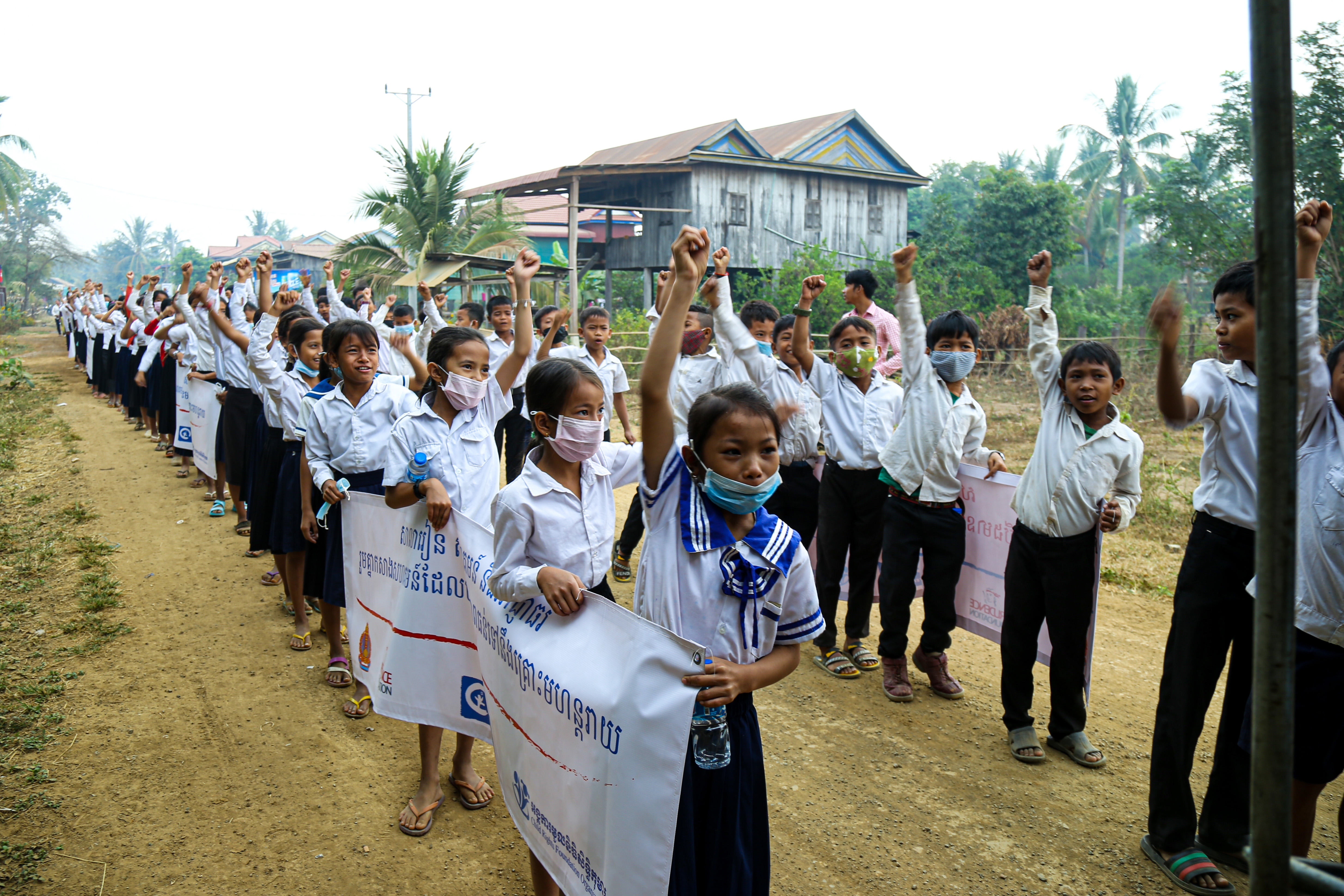Cambodia is one of the countries at a relatively high economic risk from multiple natural hazards, which affect people and their assets almost every year (RGC, 2011a; RGC, 2010a). The main natural hazard which Cambodia is exposed to are flooding followed by drought, occasional epidemics and tropical storms. In the last quarters of 2011 and 2013, a combination of successive typhoons and torrential rains caused extensive flooding across the country (RGC, 2010a). Cambodia’s vast flood plains are one of the country’s most prominent geographical features. This makes large portions of the country naturally susceptible to annual flooding, particularly along the Tonle Sap (notably when it changes direction in river flow) and Mekong River watersheds. The floods, however, have both beneficial and harmful effects. However, in certain years, flooding becomes excessive and results in the loss of human life, destruction of crops and livestock, and damages homes and the already fragile network of community infrastructure (e.g. schools, health centers, irrigation canals, local roads and bridges) (RGC, 2010a).

During periods of prolonged flooding which happens every year in Cambodia, many schools become less accessible and students have to travel on unsafe roads or by boats. Younger children in remote areas tend to stay at home during this period. Moreover, storm and lightning presented risks to students, school structures (buildings) and materials needed for learning (tables, chairs, board and study materials). Where school buildings remain serviceable during flooding, the playgrounds and premises are often water logged for a few months, affecting not only the quality of education but also children’s safety, health and hygiene. Toilets become inaccessible, and is a factor making girls reluctant to come to schools. Some schools are also used as emergency shelters during flooding thus limiting children’s educational sessions and inhibiting their learning. Many students find it difficult to catch-up the lessons of their grades. Once children are out of school for long period of time, it is likely that they will drop out of school completely. According to the Ministry of Education, Youth, and Sports (MoEYS)’s Public Education Statistics & Indicators 2020-2021, the drop-out rate for children grades 1-6 in school year 2019-2020 was 7.3% and 6.8% for girl. The drop-out rates in the province of Stung Treng (13.8%, 12.8% for girl), Ratanak Kiri (12.7%, 11.4% for girl), and Siem Reap 8.2%, 7.2% for girl) were higher comparing to the country drop-out rate.

Plan International Cambodia, in partnership with Child Rights Foundation Organization (CRF) first started to implement the “Promoting Safe School Initiative” in Cambodia funded by the Prudence Foundation, Phase 1 - July 2016 to June 2019 and subsequent Phase 2 - September 2019 to August 2022, with an overall goal that “Children in the most at-risk communities in Cambodia are more resilient to disasters and have a safe and secure learning environment”. The project covered 15 target schools in Stung Treng province in Phase 1. The project has expanded to 60 target schools in Phase 2.

With support from the Prudence Foundation, Plan International and CRF have successfully implemented Phase I-II of the Safe School Initiative for girls and boys in 60 primary schools in Stung Treng province with key achievements as below.
- The project has provided training and technical support to 276 in phase I and 1,369 in phase II sub-national educational duty bearers (school directors, teachers, school support committee members, Commune Councils, P/DoEYS, and provincial government officials) to take on their roles and responsibilities to ensure that schools are safe for girls and boys.
- Plan International and CRF have piloted and documented an effective model for Safe Schools in the province of Stung Treng, and the Safe Schools model is now ready to be scaled up and replicated in other provinces in Cambodia.
- Plan International and CRF have proven that the Safe School model can be contextualized and mainstreamed in primary schools in Cambodia and have effectively raised safe schools onto the national and sub-national level agenda for policy makers, government, and education duty bearers.
The “Promoting Safe Schools Initiative in Cambodia, Phase III” project will build upon the successful first and second phases of the project, focusing on ensuring that the capacity of students and teachers in all 60 target schools in Stung Treng province are strengthened, become model schools in Cambodia, and are ready to own and sustain the implementation of Safe Schools activities in their respective schools, along with support from local communities and authorities, as well as government at both the district and provincial level. 36 new schools will be selected in Siem Reap and Ratanak Kiri provinces to replicate the safe school model implemented and refined in the first two Phases – along with integrating certain aspect of climate change adaption and climate justice appropriate for the context.

